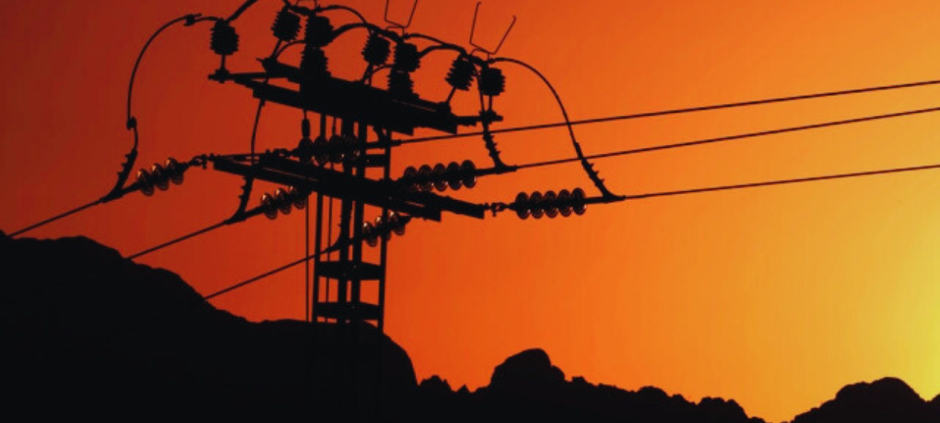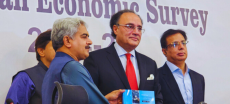Islamabad – Pakistan’s installed electricity generation capacity has risen to 46,605 MW in FY2024-25, marking a 1.6% increase from the previous year. However, consumers continue to bear the burden of billions in capacity payments to idle power plants that contribute no electricity to the grid.
According to the *Economic Survey 2024-25*, the country’s power generation capacity grew due to an additional 2,813 MW from net metering. Despite this expansion, consumers are paying between Rs 2.5 to Rs 2.8 trillion annually for non-operational power plants under capacity payment agreements.
Shift Towards Cleaner Energy
The energy mix shows a gradual transition toward sustainable sources:
- Hydel: 24.4%
- Nuclear: 7.8%
- Renewables (solar, wind, etc.): 12.2%
- Thermal (fossil fuels): 55.7%
Notably, hydel, nuclear, and renewables contributed 53.7% of the total 90,145 GWh electricity generated in July–March FY2025. Thermal power, though still dominant, has seen a decline in its share, reflecting a push for indigenous and eco-friendly alternatives.
Government Reforms and Challenges
To reduce financial strain, the government terminated Power Purchase Agreements (PPAs) with several Independent Power Producers (IPPs), including HUB Power, Lalpir Power, and Atlas Power, effective October 2024.
Key developments in the energy sector include:
- 884 MW Suki Kinari Hydropower Project becoming operational.
- 84% of upcoming projects focused on clean energy (solar, wind, bagasse).
- Private sector participation remains strong, with 88 operational IPPs contributing 20,726 MW.
Petroleum and Gas Dependence Persists
Despite progress in renewables, Pakistan still faces:
- High reliance on imported oil, though stable global prices eased costs.
- Declining domestic gas reserves, increasing dependence on LNG imports.
- Thar coal expansion, boosting indigenous coal power but raising environmental concerns.
Sectoral Consumption & Future Outlook
The household sector remains the largest electricity consumer (nearly 50% of total usage). While reforms aim for affordability and sustainability, challenges like energy security and refinery inefficiencies persist.
Pakistan’s energy landscape is slowly diversifying, but the financial burden of idle plants and fossil fuel dependence continues to strain consumers and policymakers alike.











